Please note: In September 2019, we updated the DXOMARK Mobile test protocol to cover ultra-wide-angle performance and renamed the protocol DXOMARK Camera. We also expanded our low-light testing and created the new Night sub-score, which incorporates the previous Flash score. We have retested this device using the new Wide and Night test protocols and updated the scores in this review, but we have not changed the text from the original review. For more information, please see the articles about our new Wide and Night test protocols.


Xiaomi Mi 8 camera review (originally published May 31, 2018)
Announced today, the Xiaomi Mi 8 is the Chinese electronics giant’s latest flagship smartphone. The high-end device is powered by a Qualcomm Snapdragon 845 chipset and comes with camera hardware specifications that are identical to those of the Mi MIX 2S, launched earlier this year.
The rear-facing camera module features twin 12Mp cameras, one a wide-angle with a 1/2.55-inch size sensor, 1.4µm pixels, and an f/1.8-aperture lens, and the other a short telephoto with a slightly slower f/2.4 aperture. Other features include phase detection autofocus, 4-axis optical image stabilization (OIS) on the wide-angle module, and an LED flash.
Key camera specifications:
- Dual-camera with wide-angle main and secondary telephoto lenses
- OIS on the main camera
- Phase detection autofocus
- Snapdragon 845 chipset
About DxOMark Mobile tests: For scoring and analysis in our smartphone camera reviews, DxOMark engineers capture and evaluate over 1500 test images and more than 2 hours of video both in controlled lab environments and in natural indoor and outdoor scenes, using the camera’s default settings. This article is designed to highlight the most important results of our testing. For more information about the DxOMark Mobile test protocol, click here. More details on how we score smartphone cameras are available here.
Test summary
With an overall DxOMark score of 99 points, the Mi 8 offers some improvements in certain areas over the earlier Mi MIX 2S model, placing it shoulder-to-shoulder with some of the best smartphone cameras we’ve tested. The Xiaomi Mi 8 is very strong in our still photography category, achieving a very high Photo score of 105, thanks to a combination of accurate exposure with an extended dynamic range in most lighting conditions, pleasingly rich and vivid color rendering with neutral white balance in bright light, and generally well-controlled artifacts. It also has fast and accurate autofocus, and produces a pleasing bokeh with smooth blur transitions and a regular shape to highlights.
Areas that could use some improvement include preservation of fine and very fine structure detail, and some fringing around high-contrast edges. And despite advances in reproducing bokeh, some of the rendering is still a little artificial-looking.
Achieving a video score of 88, the Xiaomi Mi 8 isn’t quite as strong as in stills, but it’s still a good performer. Benefits include fast, accurate, and smooth autofocus with good subject tracking, attractive color rendering, and a wide dynamic range.
Bright light
Shooting outdoors or under bright light, the Xiaomi Mi 8 captures impressively sharp, highly detailed images. It also delivers highly accurate exposures under a wide range of conditions, and images are mostly neutral, if with somewhat vividly rendered colors. Against the company’s Mi MIX 2S, there’s been a slight improvement in the dynamic range, and the Mi 8 comes very close to the best competitors, capturing a wide tonal range along with high levels of detail in both shadows and highlights.
Noise levels are also well-controlled, particularly in areas of uniform color such as the blue sky, as well as in troublesome shadow regions. But while texture or coarser structure detail remains intact, the Mi 8’s noise reduction sometimes leads to a loss of finer details. We also saw some very slight color shading at times in areas of uniform color, such as light-colored walls or backgrounds, and there’s some fringing visible along high-contrast edges, sometimes without needing to zoom in to check.
Low light and Flash
The Xiaomi Mi 8 is a good performer in low-light levels, making it a solid choice for photographers who want decent-quality images indoors and under more challenging conditions. Exposure control is accurate and generally reliable, and repeatable down to extreme low light levels (5 lux). Color rendering is much like what we saw in bright light, with vivid yet pleasant-looking colors under various artificial light sources. White balance is also generally good; however, a slight yellow-green cast is visible on occasion, mostly occurring on white painted walls captured in the background. Lens color shading is sometimes visible as well, with a green cast noticeable in the center of the frame and a purple cast at the periphery. However, none of these are particularly concerning.
Autofocus performance remains a strong point — fast and accurate even in very low light, with images that are blur-free, thanks to a combination of good ISO, exposure time, and image stabilization, so you can be sure of sharp, well-exposed shots with decent color.
Zoom and Bokeh
The Xiaomi Mi 8’s longer, 56mm-equivalent “tele” lens on the secondary camera module enables optical zooming and is also used to create the background blurring bokeh effect. Overall, the results are very similar to the Mi MIX 2S’s, as you will see from the samples and further details in the “Photo scores explained” section below.
Photo scores explained
With a total photo score of 105 points, the Xiaomi Mi 8 ranks alongside some of the best devices we’ve seen and achieves one of the highest scores for stills in our testing to date. The overall Photo score is calculated from sub-scores in tests that examine different aspects of its performance under different lighting conditions. In this section, we’ll take a closer look at these image quality sub-scores.

Exposure and Contrast
Xiaomi Mi 8
92
A very high score for exposure and contrast, thanks to accurate results in our natural test scenes and consistently accurate target exposures of our test charts when shooting under well-balanced lighting conditions in the lab. Dynamic range is very close to the best competitors, such as the iPhone X and the Google Pixel 2, as you can see in the samples below.
The camera also achieves more than acceptable results in low light, recording a slightly underexposed but usable image when shooting our studio scene at a very low light level (5 lux).

Color
Xiaomi Mi 8
86
The Xiaomi Mi 8 achieves an excellent score for color, thanks to generally neutral white balance in a wide range of lighting conditions. It has rich and vivid color rendering in outdoor shots, and good results in low light as well. In the comparison shot below, you can see that the Mi 8 renders colors with natural or realistic-looking blues and greens as well as neutral white and grey areas.

Autofocus
Xiaomi Mi 8
98
Autofocus performance on the Xiaomi Mi 8 is a highlight, with the camera achieving one of the best scores we’ve seen to date. In our benchmark lab analysis, during which we defocus the lens between shots and and then wait either a short (500ms) or long (2000ms) delay before requesting focus, the Xiaomi Mi 8 was fast in operation, finding focus consistently and accurately in all lighting conditions.
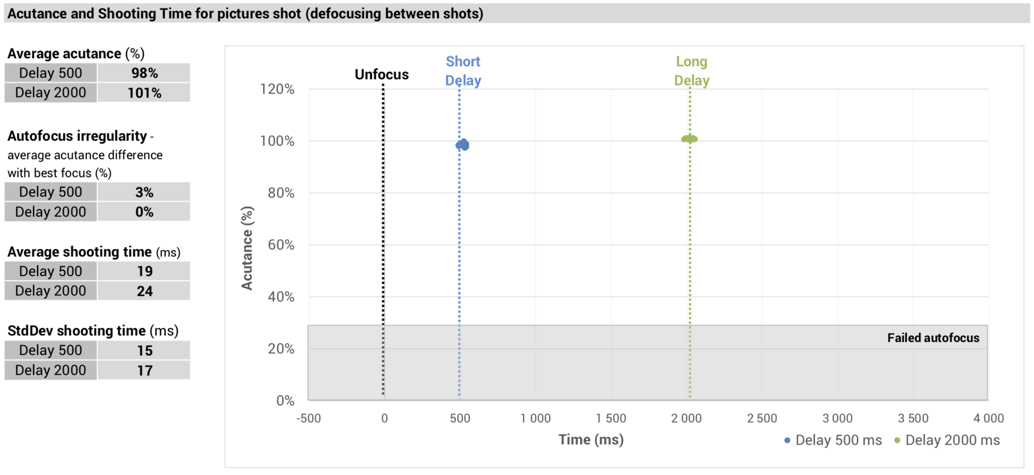

Texture
Xiaomi Mi 8
70
The Xiaomi Mi 8 captures excellent detail and texture outdoors in bright light, coming very close to some of the best devices we’ve tested — though perhaps not quite a match for the Huawei P20, with its monochrome sensor aiding detail preservation. Still, the Mi 8 continues to perform well against the Apple iPhone X in our static scenes at 20 lux and 1000 Lux.
Against the earlier Mi MIX 2S, Xiaomi has improved texture and fine detail rendition, particularly in low light. This is mainly due the use of slightly higher ISO values that result in faster shutter speeds and sharper images. If you look closely at the crops below taken at 20 lux, you’ll see that the Mi 8 is noticeably better at preserving fine detail in low light than the Mi MIX 2S. Some fine detail is lost in the latter’s 20 lux crop below due to slight camera shake.

Noise
Xiaomi Mi 8
72
The downside to the camera’s higher ISO choice in low light is slightly increased noise levels when compared to the Mi MIX 2S, but overall images still look clean and the quality is good.
Despite the slightly higher noise levels than the Mi MIX 2S, the Mi 8 still achieves a very good score for noise, with low levels in outdoor scenes and in more challenging low-light scenes. Against direct competitors such as the Huawei P20 and the Apple iPhone X, the Mi 8’s image results look clean at both 100 lux and at even lower light levels (20 lux).

Artifacts
Xiaomi Mi 8
72
Artifacts are in general very well-controlled overall, with the exception perhaps of occasional colored fringing. This is usually visible along high-contrast edges in bright scenes, and generally is only really noticeable when looking closely — but sometimes it’s quite obvious, as you can see in the sample below.

Flash
Xiaomi Mi 8
85
A good score for flash, thanks to accurate and consistent exposure from frame to frame. For a LED unit, the flash has good intensity and excellent attenuation or well-controlled corner and color shading. White balance is mostly accurate without additional light sources; however, a slight yellow color cast is visible when mixed with tungsten, even if it’s barely noticeable. Both luminance and chromatic noise are low in all flash pictures, again due to the good noise reduction, which nonetheless also retains good levels of fine detail.

Zoom
Xiaomi Mi 8
47
This is a good score for zoom, which is especially capable at 2x magnification in both outdoor and indoor lighting conditions (100 lux). Indeed, the Xiaomi Mi 8 captures quite high levels of detail at 100 lux. Compared to the Mi MIX 2S, Xiaomi has also improved autofocus stability, with much smoother focus action. Troublesome color noise is very low, but some luminance noise is visible. Naturally, the zoom performance isn’t as good as you zoom through to x8 magnification, with the expected drop-off in sharpness and detail preservation, but the Xiaomi Mi 8 still offers a good compromise between texture and noise.
As you can see in the samples below, the Xiaomi Mi 8’s detail rendition is similar to the iPhone X’s in bright light, but drops off slightly as the light gets dimmer. At 20 lux, results remain acceptable, but the loss of detail becomes more obvious.

Bokeh
Xiaomi Mi 8
50
A very fine score for the bokeh simulation mode, which renders a quite effective and mostly realistic-looking background blur, with smooth transitions in front of and behind the subject. Depth estimation is usually accurate, with mostly accurate subject masking. However, some small errors and artifacts, mostly involving moving objects, are sometimes noticeable on close inspection. It gives a good circular shape to spectral highlights, when included.
Video scores explained
The Xiaomi Mi 8 achieves a very good Video score of 88 points, with the only weak points being the stabilization that generates a noticeable drift, and noise in low light. We calculate the overall video score using the following video sub-scores: Exposure (81), Color (83), Autofocus (96), Texture (51), Noise (71), Artifacts (70), and Stabilization (83).
The Mi 8’s main video strengths are autofocus, which is fast accurate and offers good tracking capabilities. It has good tracking capabilities that ensure that subjects remain in focus, whether you’re panning or moving relative to your subject. In addition, the Xiaomi corrects for the distracting “focus breathing” that we see on some other devices when the framing is changed during recording. The Mi 8 also produces typically accurate exposures and white balance, though some irregularities were visible. Nevertheless, dynamic range in videos is good, with the Mi 8 capturing good levels of detail in the brightest and darkest regions of high-contrast scenes.
Color is also good in low light, capturing slightly more vivid color compared to premium rivals, though the result is pleasant and not too overpowering. As with stills, the Mi 8 offers a good balance between texture and noise in video clips; however, detail preservation isn’t quite at the level of its best rivals.
Conclusion
Xiaomi might not be the first name to think of when looking for a high-end smartphone, but the Mi 8 offers camera performance that is up there with the best. The Mi 8 camera is capable of super-fast and accurate autofocus, along with excellent exposures and detail rendition under a wide range of lighting conditions. It has good dynamic range and a genuinely usable telephoto option with good quality 2x magnification, as well as an effective simulated bokeh mode. The Mi 8 is also a solid performer in video mode — all of which, when put together, make for a highly attractive package and a good value proposition.
Pros
- Accurate exposure and wide dynamic range
- Colors are rich and vivid
- Accurate (neutral) white balance
- Very fast and accurate autofocus
- Low noise, except in the lowest of light levels
- Smooth and attractive bokeh simulation
Pros
- Super-fast and accurate autofocus
- Good focus tracking
- Wide dynamic range
- Vivid and pleasant-looking color
- Generally low levels of noise
Cons
- Visible color fringing
- Some loss of fine details, even in bright light
- Occasional autofocus delay
- Slight white balance inaccuracies
- Occasional depth inaccuracies in bokeh mode
Cons
- Slight exposure and white balance inaccuracies
- Loss of detail in various lighting conditions
- Visible differences in sharpness between frames
- Occasionally inaccurate time stamp


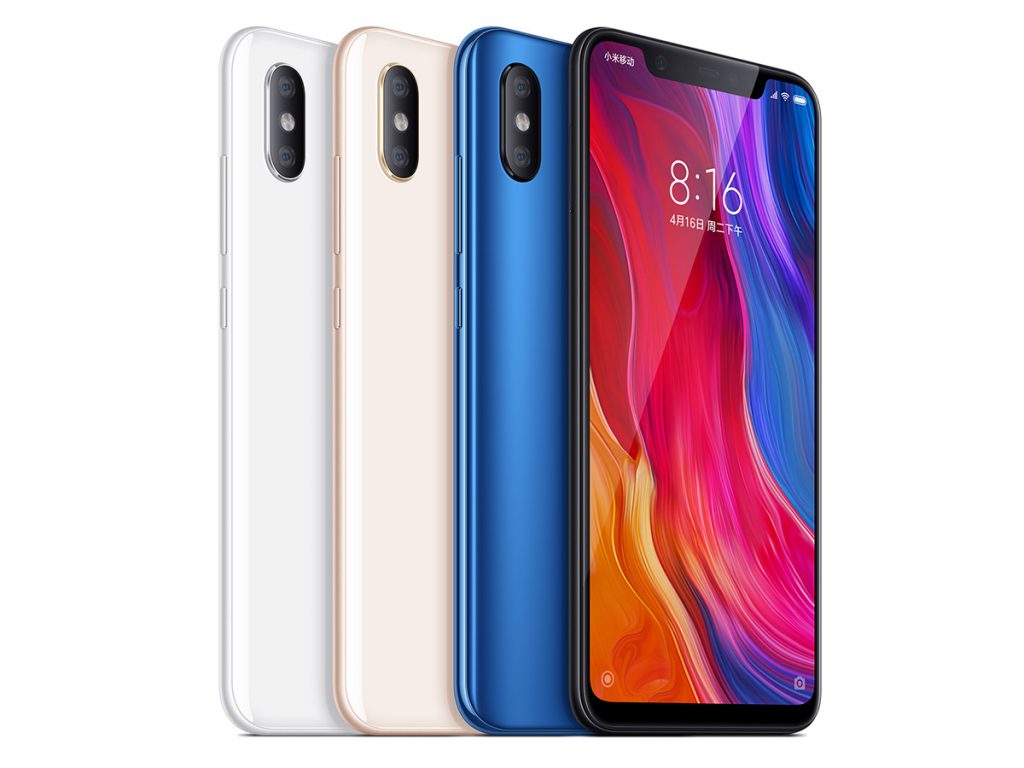


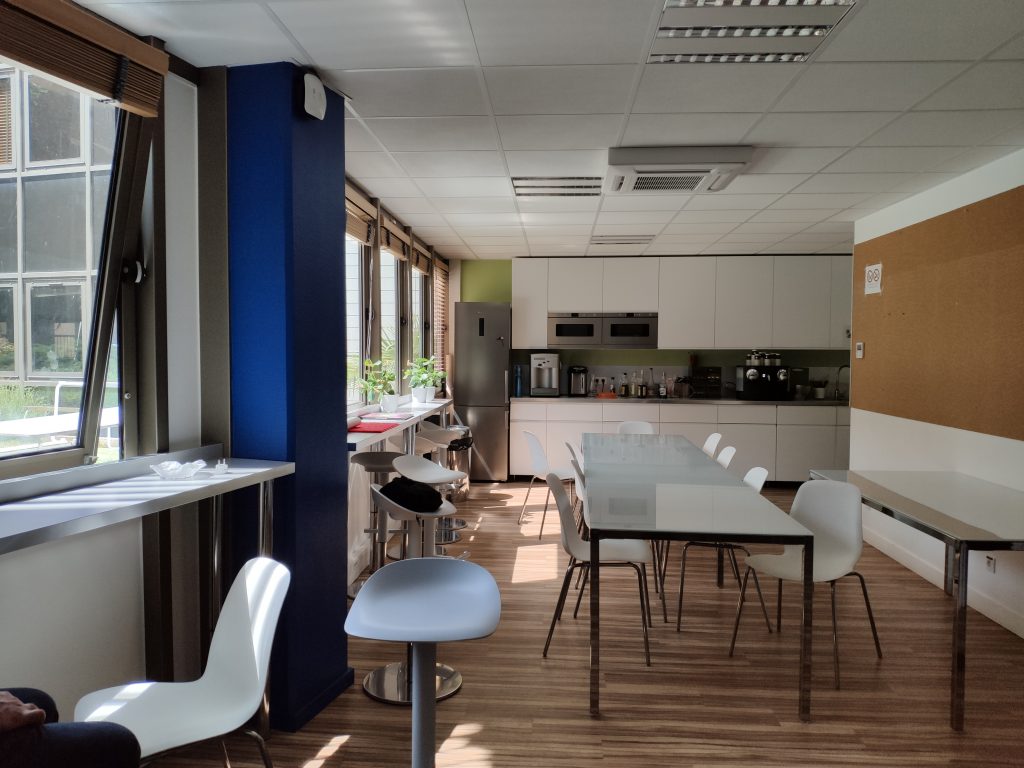

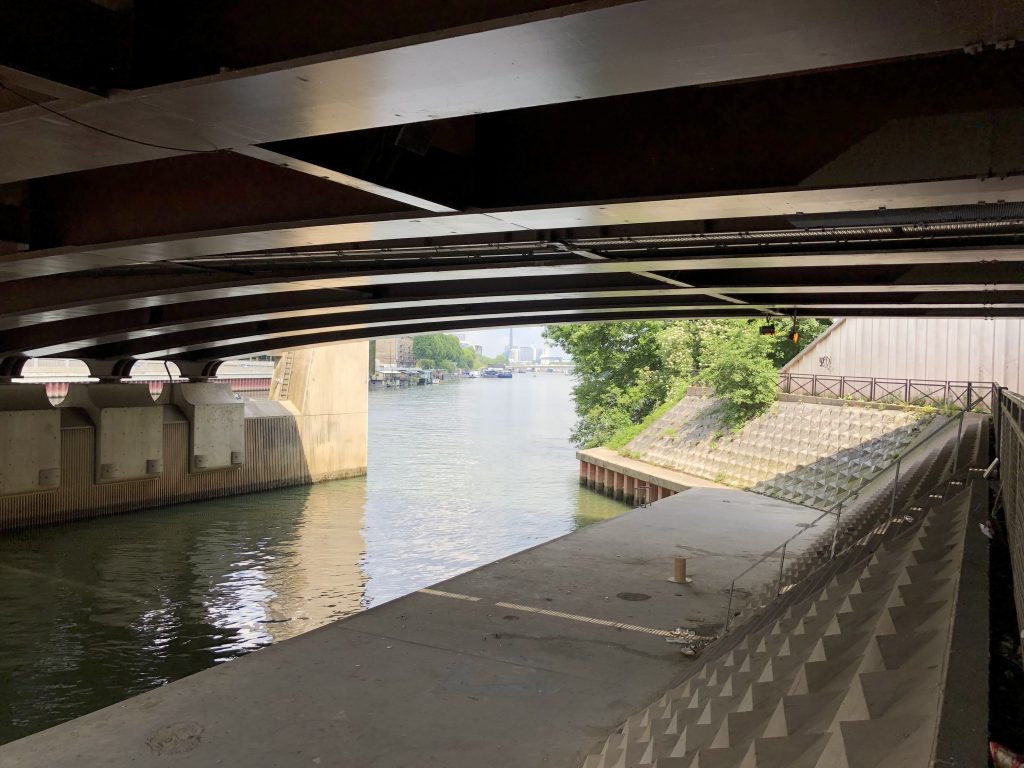
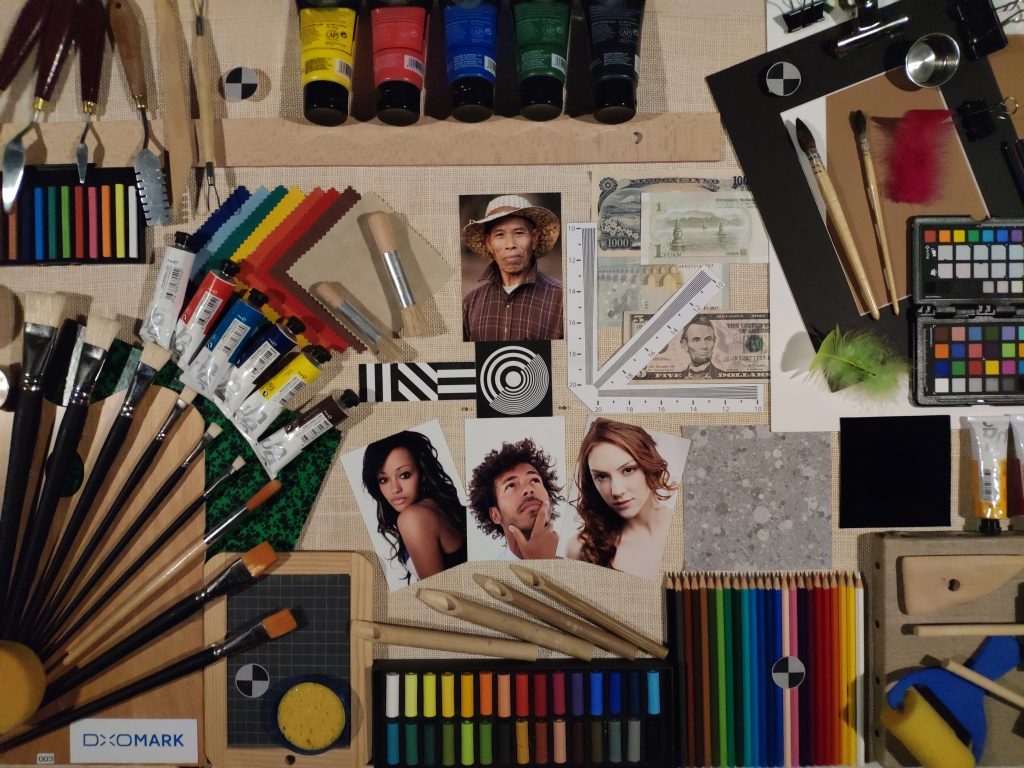
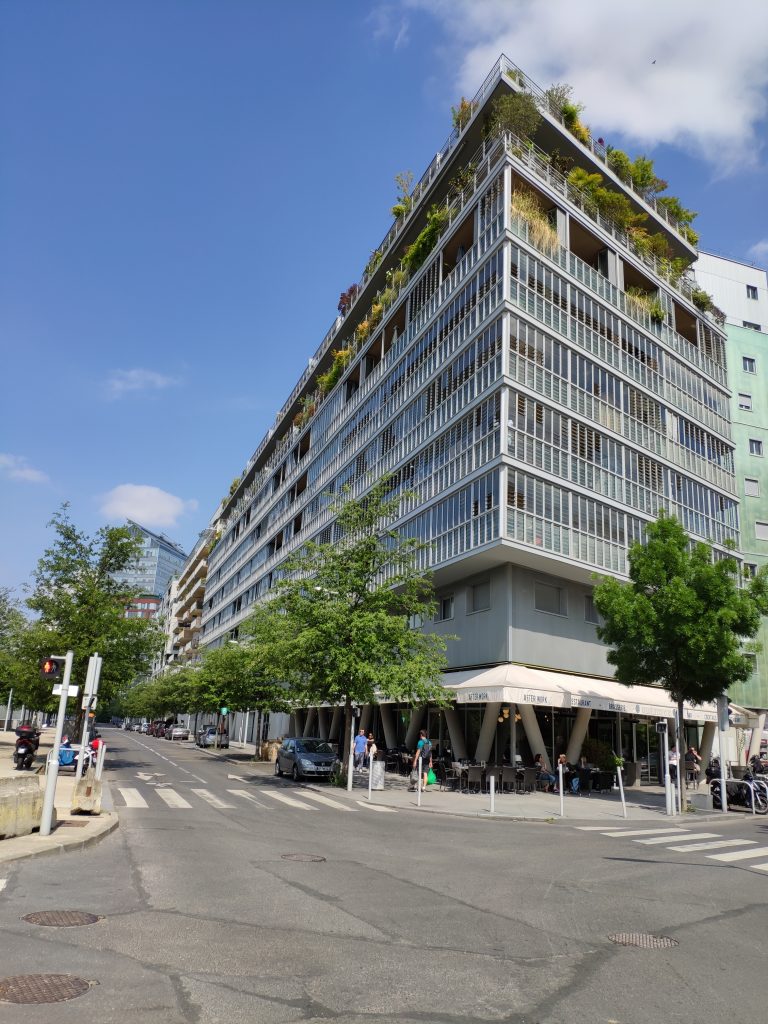
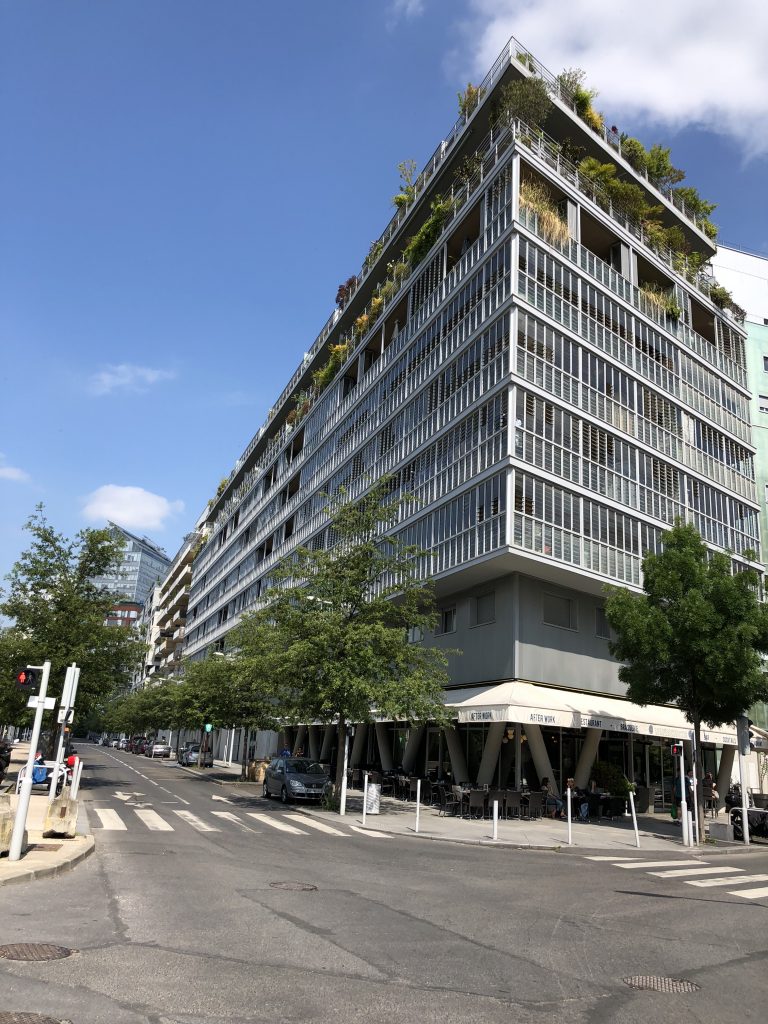

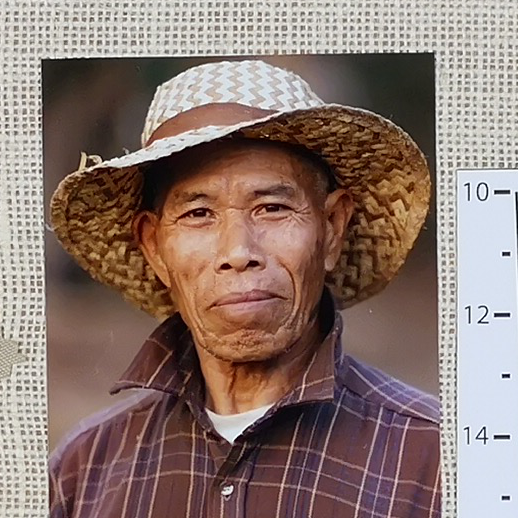
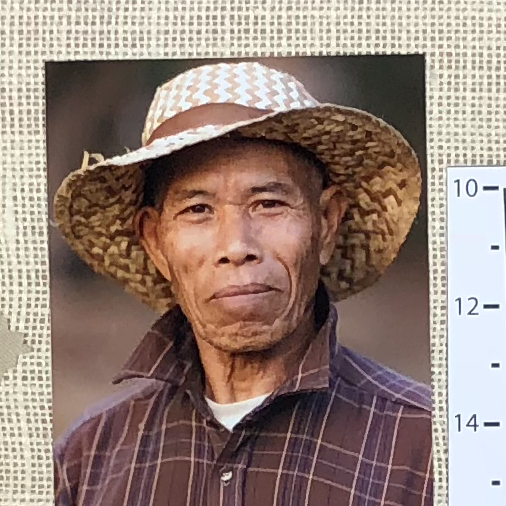





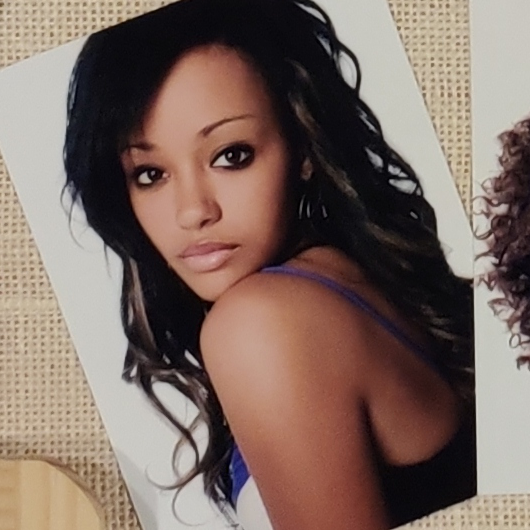


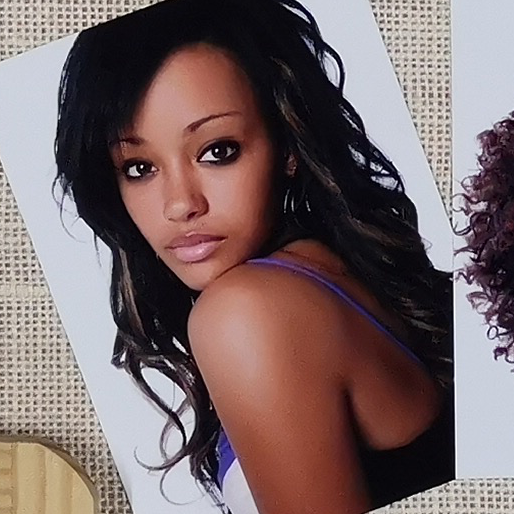

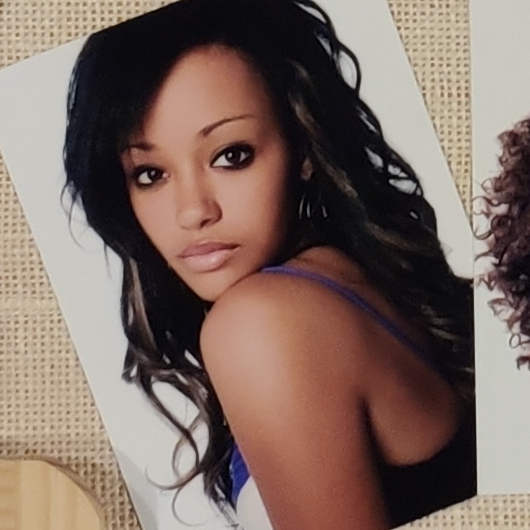
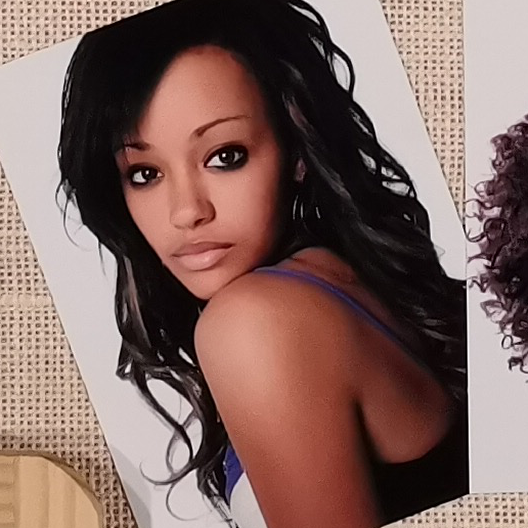

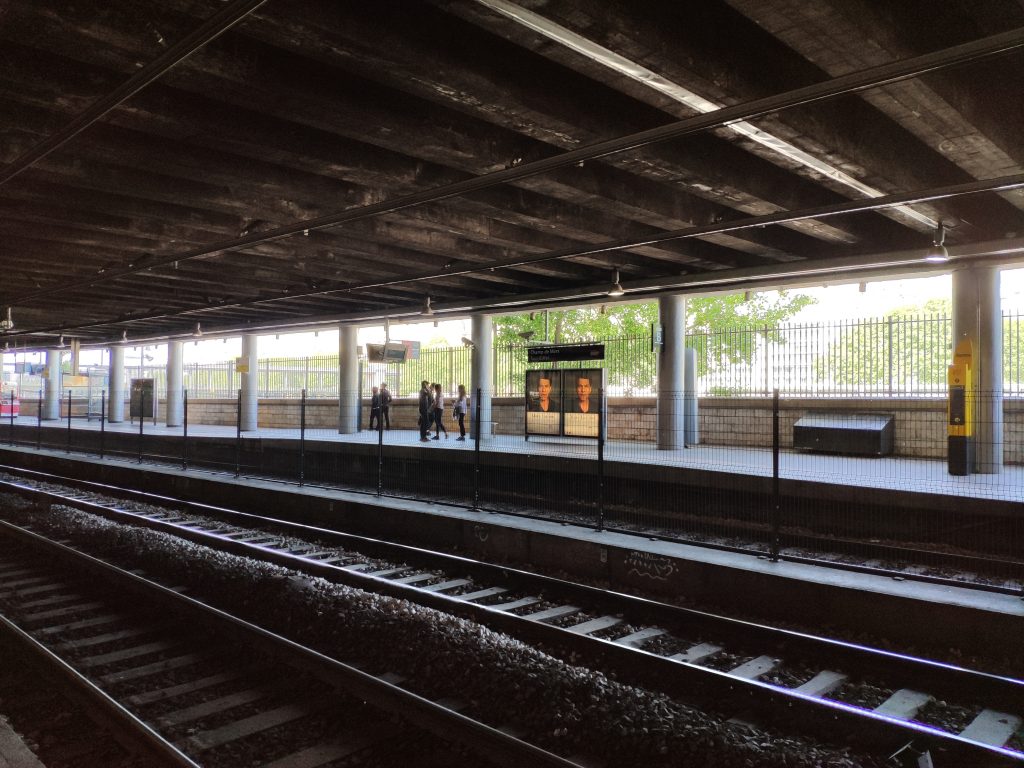

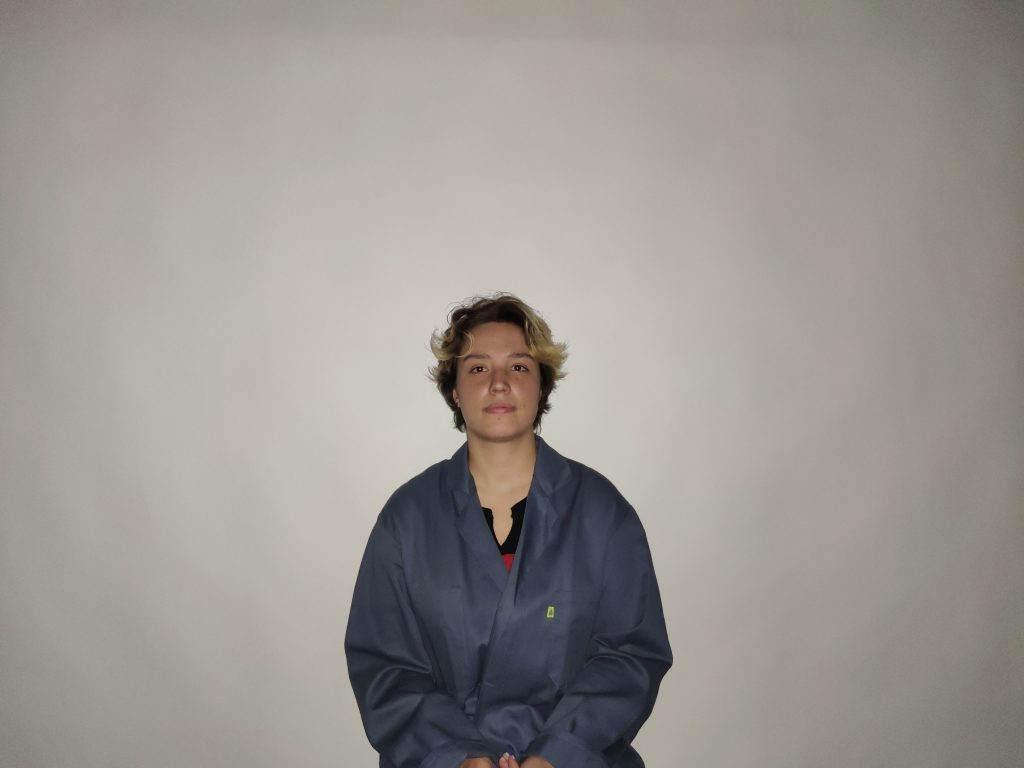
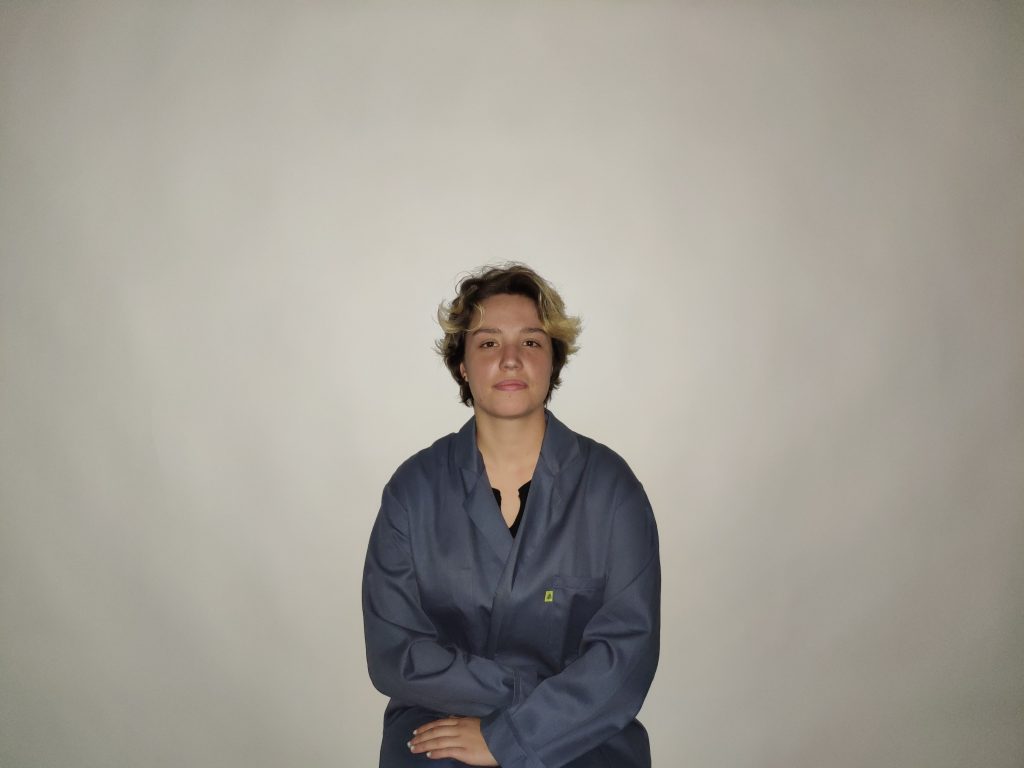
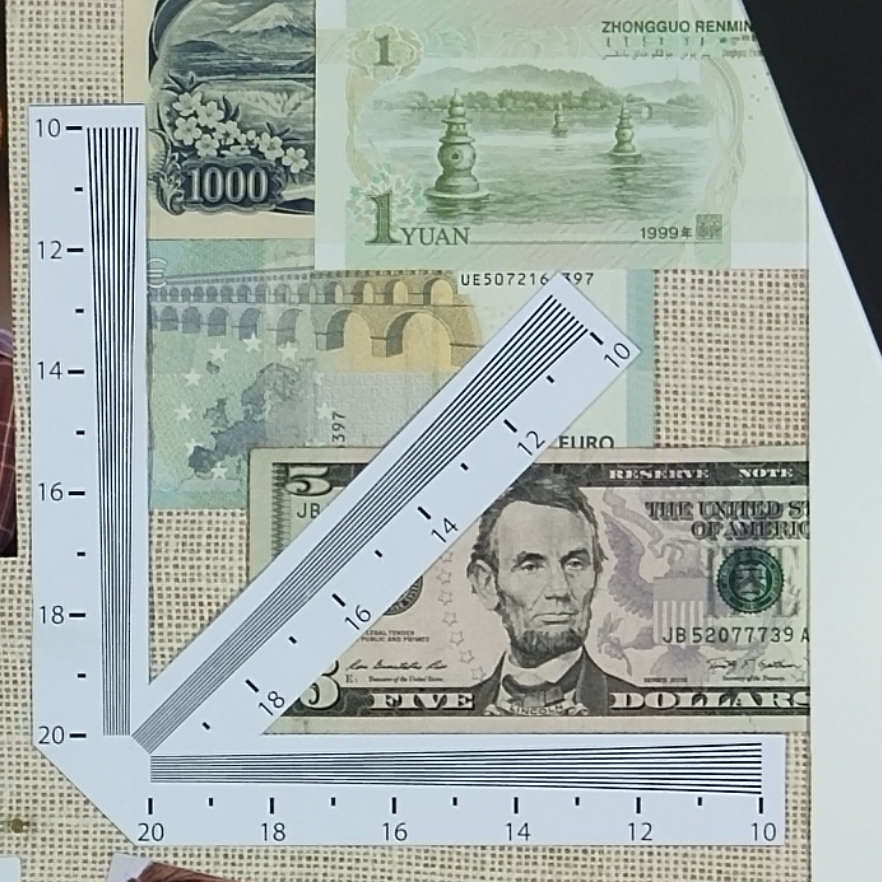
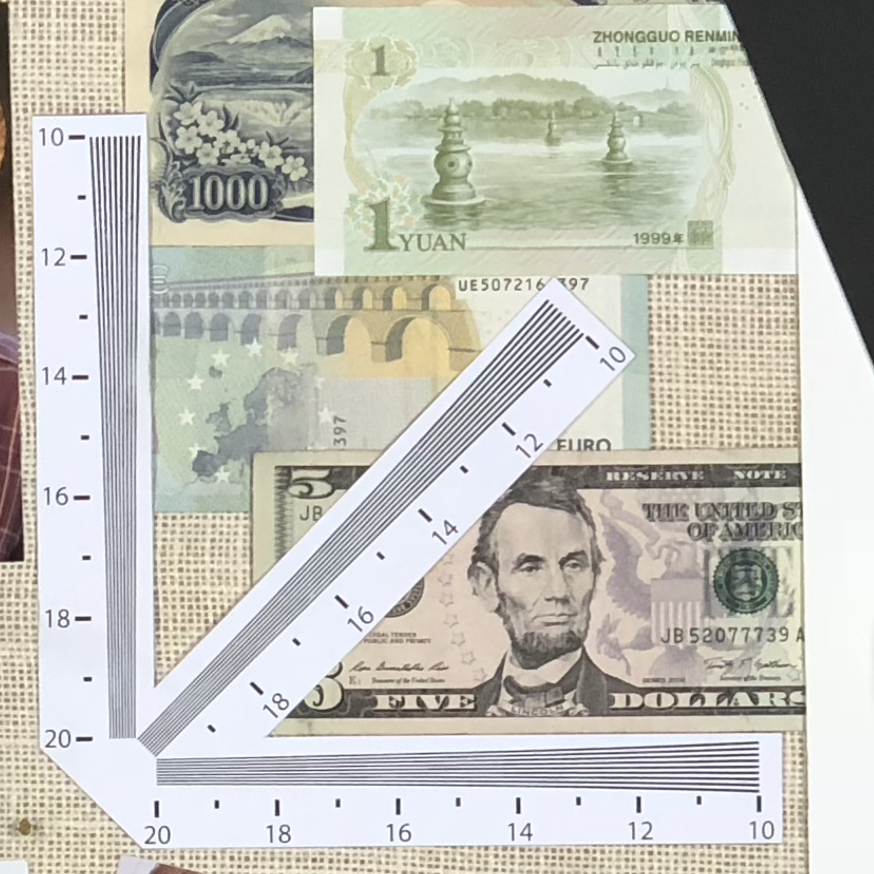
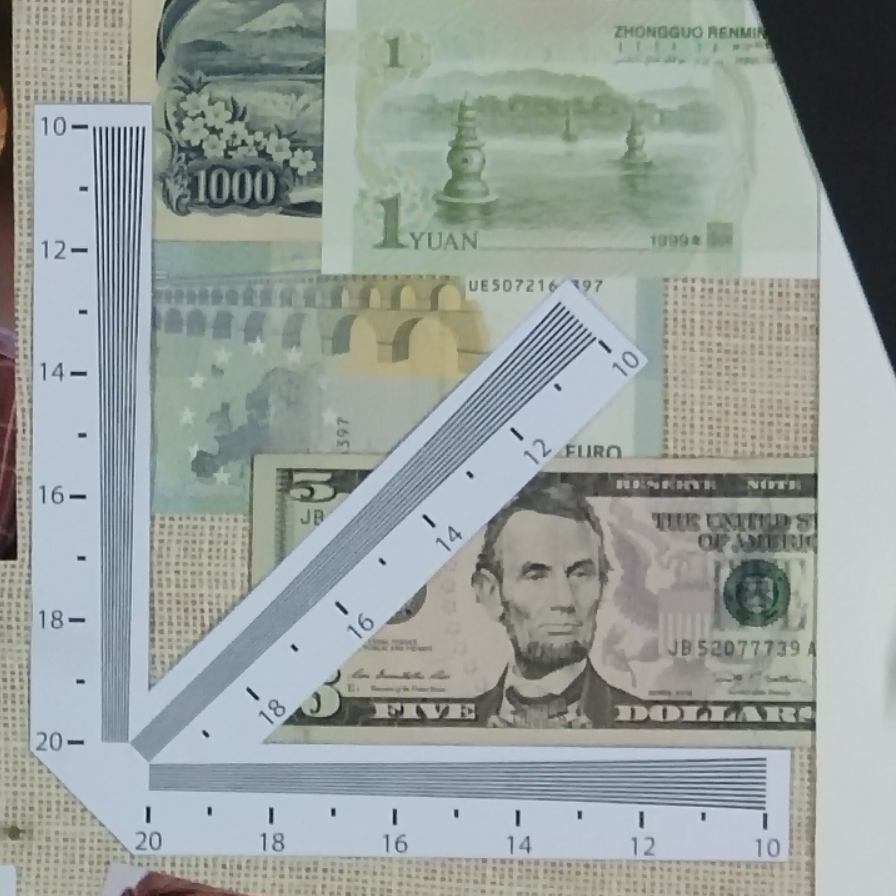
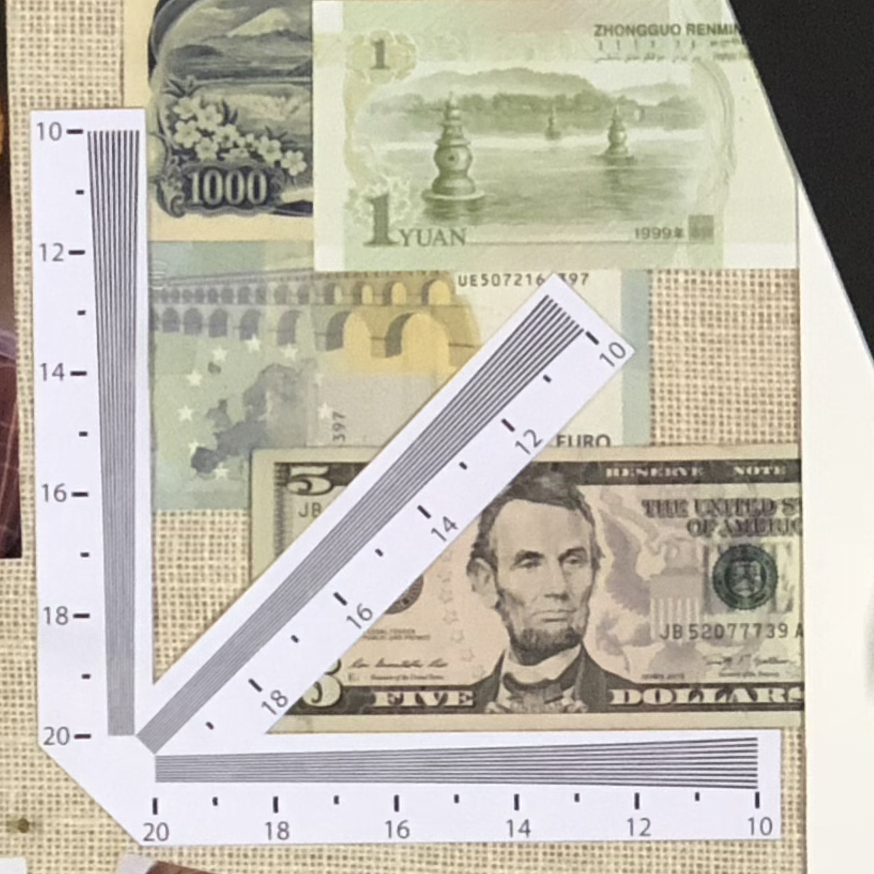
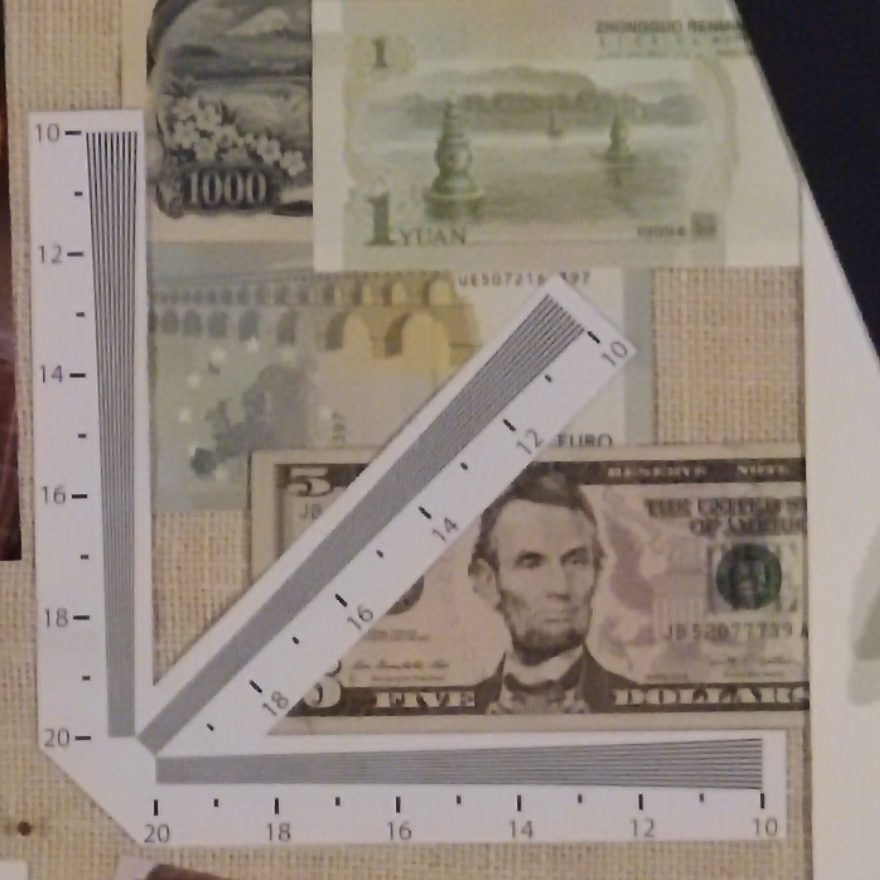
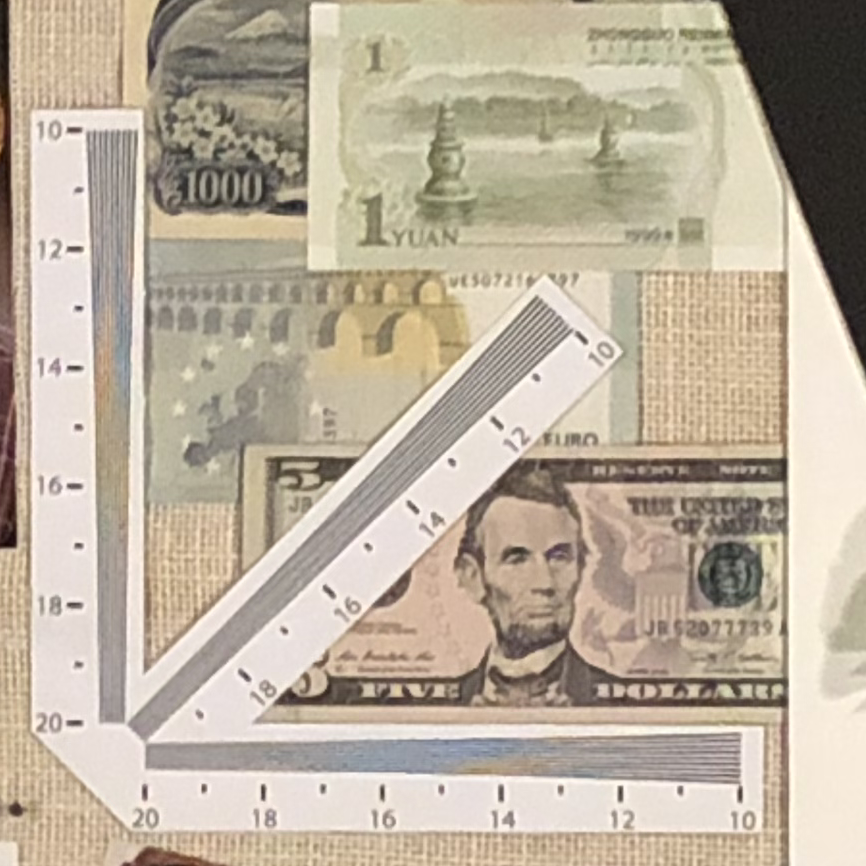




DXOMARK encourages its readers to share comments on the articles. To read or post comments, Disqus cookies are required. Change your Cookies Preferences and read more about our Comment Policy.